1. Research Problem
Unlike traditional commerce, most of the buyer-seller interaction takes place exclusively through the e-commerce interface. It is therefore imperative that this system be designed with the users/consumers in mind. That is why the general problem of concern in this study is the human-computer interaction (HCI) design of electronic commerce systems. Its specific scope is to identify human factors susceptible to increase the general appeal, usability and trustworthiness of a commercial web site.
The working hypothesis in this study is that a user/consumer-centred design approach addressing these factors is more likely to lead to an appealing, usable and trustworthy site than a traditional technology-led approach. The objective of this research is therefore to develop and validate a user/consumer-centred analysis and design method for e-commerce systems.
2. Approach
The objective of the first phase was to develop a higher-level model of trust for electronic commerce. This was to understand the process consumers go through when assessing the trustworthiness of online vendors. This high-level, descriptive, model can then be used to derive generic user/consumer requirements susceptible to aid the establishment of trust in the buyer-seller relationship.
By means of a user-centred analysis method, these requirements can be refined, so as to yield domain-specific requirements at a level of granularity suitable for design. Participatory design methods can then be employed to inform the conceptual design of the interface in an iterative way. The user interface can then be designed using rapid prototyping and evaluated by means of usability tests.
3. Model of Trust for Electronic Commerce
Consumers’ lack of trust has often been cited as a major barrier to e-commerce (e.g. CommerceNet, 1997). A model of trust for electronic commerce (MoTEC) was therefore developed in the first phase of this research (Egger, 1998). The general issue of trust was first analysed from a psychological (Rempel et al, 1985) and Marketing (Doney & Cannon, 1997) viewpoint, which led to the identification of a number of crucial factors for the development and maintenance of trust. These factors were then integrated as components in MoTECanalytical.
The descriptive power of this model was then tested in an empirical refinement study, where subjects had to rate the relevance of statements about trust and e-commerce. A checklist was derived from the new model, MoTECempirical, which was subsequently used to evaluate the trustworthiness of three e-commerce systems. These evaluations were then compared with findings from user trials, where subjects were observed as they had to decide whether or not they would trust the same online vendors. On the basis of these observations, a revised, more descriptive, model was proposed. The revised MoTEC model is presented below.
Figure 1 – Revised MoTEC Model

Before interacting with the e-commerce system, consumers might already have formed an opinion about the vendor’s trustworthiness. This can be due to the vendor’s Reputation, previous experience with the vendor, off-line and/or online, or reports from trusted third parties (Transference of trust).
In addition, two determinant factors for the establishment of trust have been identified at the level of the e-commerce interface. The first, called Familiarity, refers both to the system’s ease of use of and to familiarity in terms of terminology and model of the domain. The other refers to the system’s Attitude, that is, the impression it makes on its users. This can be influenced by the services available and the way information is presented, i.e. graphic design and layout.
The third level identified in the final MoTEC model is the system’s informational content about Risk, Transparency and Cooperation. The first model component refers to information which the vendor provides about financial risk in online transactions. Transparency is defined as the vendor’s openness with respect to business policies and, in particular, its privacy policy. The Cooperation component reflects the facilitating effect of vendor-buyer communication and interaction on trust formation.
4. High-Level User/Consumer Requirements
The MoTEC model describes the processes whereby consumers assess the trustworthiness of e-commerce vendors. Components identified in the model thus correspond to consumer concerns that need to be addressed when designing e-commerce systems. In other terms, these concerns can be re-expressed in the form of high-level user/consumer requirements.
The model developed in the first phase was based on a very general definition of trust in the context of e-commerce. For the sake of accuracy, one should distinguish between three qualitatively different properties of e-commerce systems: Appeal, which corresponds to the Attitude component of the MoTEC model; Usability, which refers to the Familiarity component; and Trustworthiness, which refers more to the vendor behind the system.
Appeal is defined as an emergent property coming about when different system attributes are experienced positively by the user. It can also be expressed as the system’s likeability and has obvious consequences as far as acceptability is concerned. One assumption in this study is that a commercial system that induces positive feelings will attract more users. Besides, the system’s attitude should also reflect the vendor’s corporate culture and identity, to ensure consistency between the off-line presence, if any, and its electronic counterpart.
Usability is defined as the system’s ease-of-use and throughput. First, it is imperative that online shopping systems minimise user costs in terms of learnability. Further, these systems should accommodate the shopping behaviours of both novice and expert users who might employ different strategies to carry out their task. Lastly, systems should be flexible with respect to the format of user input and tolerant of errors. In other terms, the human-computer interactive worksystem should attain a level of effectiveness such that it exhibits a desired performance PD, defined in advance.
Trustworthiness is seen as a special instance of the aggregate of attributes making up a system’s appeal, but concerns more the vendor behind the system than the system per se. It is known to be a crucial property to convert visitors into buyers. A vendor’s trustworthiness often depends upon the strength of its brand name, i.e. its reputation, whether the vendor has a presence off-line or only online. Financial risk in online transactions being a major consumer concern, it is argued that the way the vendor deals with it has an effect on its experienced trustworthiness.
In addition, to increase consumers’ trust in online vendors, consumers should also be informed about the vendor’s privacy policy, e.g. why vendors might require unusual personal details and what happens to confidential information after the transaction. Consumers’ judgement of trustworthiness can also be aided by the involvement of truly independent parties. E-commerce vendors should be monitored and audited by trusted third parties that report on violations of posted privacy policies or business contracts. Moreover, a valid legal framework that supports the transaction may also be determinant to ensure consumers’ trust.
5. User/Consumer Requirements Specification
The high-level user/consumer requirements identified above need to be specified so as to inform the actual design of e-commerce systems. This section presents how a user-centred analysis method can refine these requirements.
The first step will be to identify precisely the consumer population targeted by the new e-commerce system. This step, very common in Marketing studies, is also called user profilingin HCI (Andriole & Adelman, 1995). Questionnaire studies can be carried out in order to identify different user groups with different requirements. Relevant factors may be their age, gender, level of education, experience with the domain, experience with computers, experience with the Internet, experience with e-commerce systems, etc.
Requirements elicitation and specification should cover the following points:
1. Existing user needs, problems and concerns when carrying out their shopping task in the same domain, off-line and/or with the same or similar e-commerce systems.
2. Requirements and expectations about the target system in terms of:
- Appeal:
- Based on knowledge of the vendor, if any, or knowledge of the domain, what are the visual properties the target system should exhibit?
- What terminology and tone should be employed?
- What services are expected from the vendor?
- Usability:
- What is the user’s mental model of the domain and the tasks to be performed?
- How should functions be allocated between the system and user?
- How should the tasks be structured?
- What is the expected task completion time?
- Trustworthiness:
- What is the vendor’s off-line and/or online reputation?
- What information would users like to see about the vendor?
- Which third party would the user population see as trustworthy?
- What details of the vendor’s privacy policy would users like to see?
- What customer service and guarantees do users expect?
Diverse elicitation techniques can be employed, such as interviews, rapid prototyping and questionnaires. Answers to these questions will be synthesised in a single document. In addition, some requirements can also be modelled in the form of task analysis diagrams and user models. As far as the usability aspect is concerned, it is also important to set performance criteria that can be quantified. Usability tests to be carried out subsequently should also be specified at this stage (Nielsen, 1994).
6. Design & Implementation
The next phase of HCI system development is the conceptual design of the interface where appropriate metaphors and functionalities are sought with the participation of potential future users (Wood, 1998). This is followed by the user interface design based on prototypes found to fulfil the criteria of appeal, usability and trustworthiness. Once implemented, usability tests will have to be carried out to ensure that the human-computer worksystem exhibits a desired performance PD.
To quote this paper :
Egger, F.N. (1999). Human Factors in Electronic Commerce: Making Systems Appealing, Usable & Trustworthy. Graduate Students Consortium & Educational Symposium, 12th Bled International E-Commerce Conference , June 1999, Bled, Slovenia.
References
Andriole, S. & L. Adelman (1995). Cognitive Systems Engineering for User-Computer Interface Design, Prototyping, and Evaluation. Lawrence Erlbaum Associates.
CommerceNet (1997). Barriers & Inhibitors to the Widespread Adoption of Internet Commerce. Available at: www.commerce.net.
Doney, P.M. & J.P. Cannon (1997). An Examination of the Nature of Trust in the Buyer-Seller Relationship. Journal of Marketing, Vol. 51: 35-51.
Egger, F.N. (1998). Increasing Consumers’ Trust in Electronic Commerce through Human Factors Engineering. Unpublished Master of Science (Ergonomics) Thesis, University of London.
Nielsen, J. (1994). Usability Engineering. Academic Press.
Rempel, J.K., Holmes, J.G. and M.P. Zanna (1985). Trust in Close Relationships. Journal of Personality and Social Psychology, Vol. 49 (1): 95-112.
Wood, L. (Ed.) (1998). User Interface Design: Bridging the Gap from User Requirements to Design. CRC Press.



